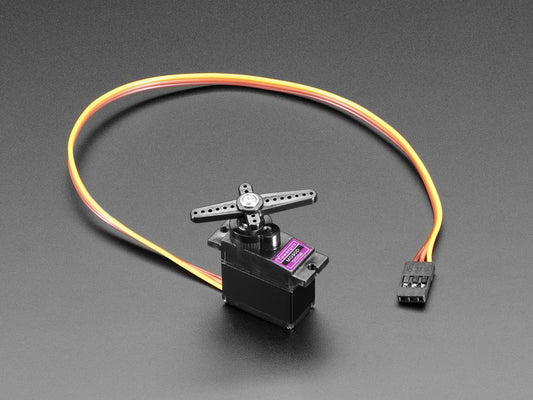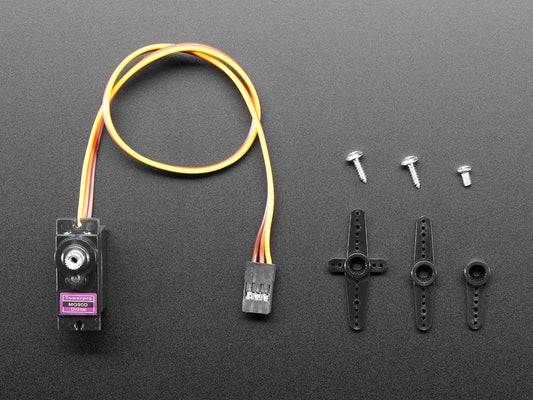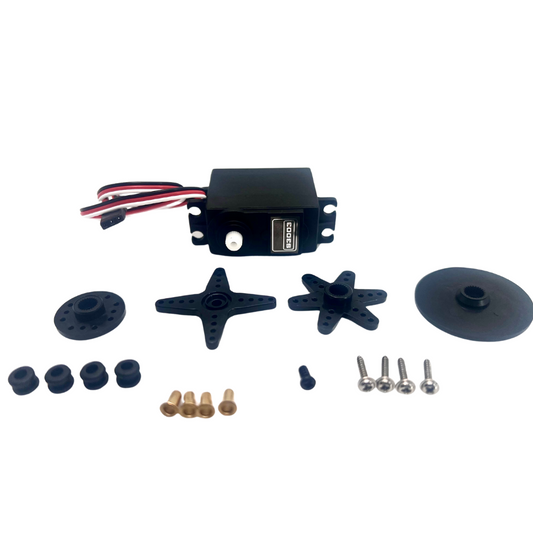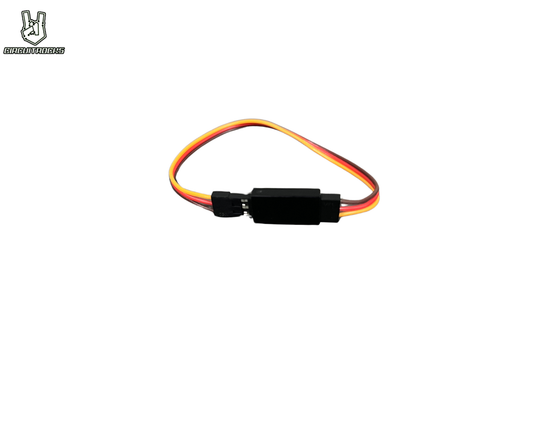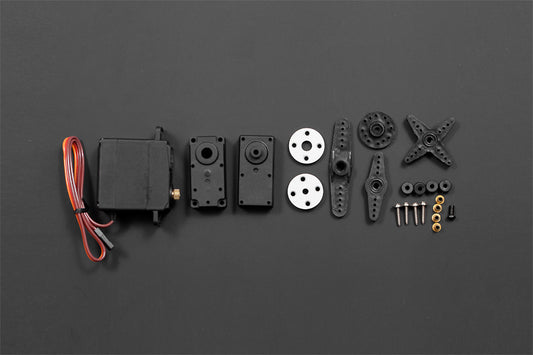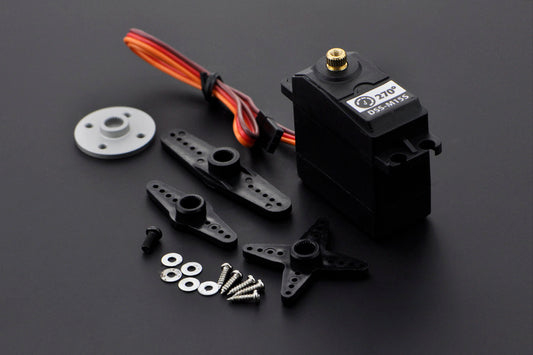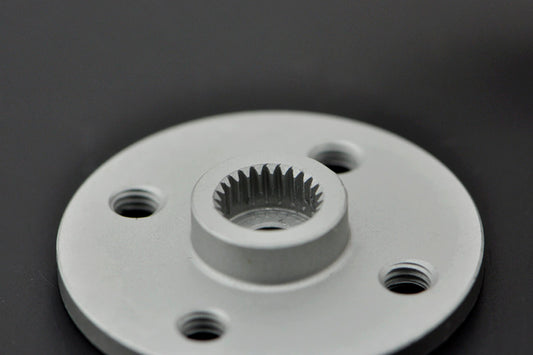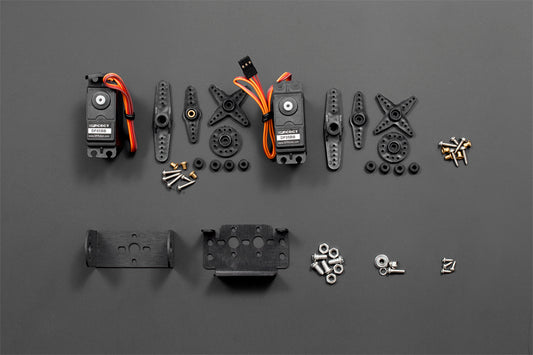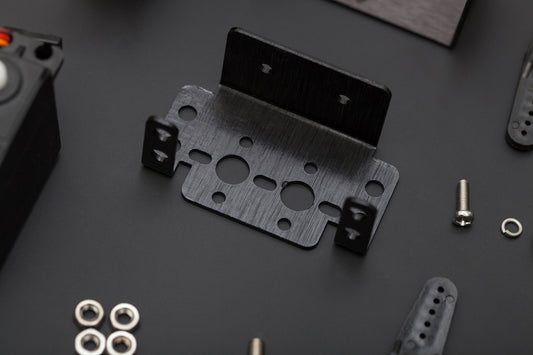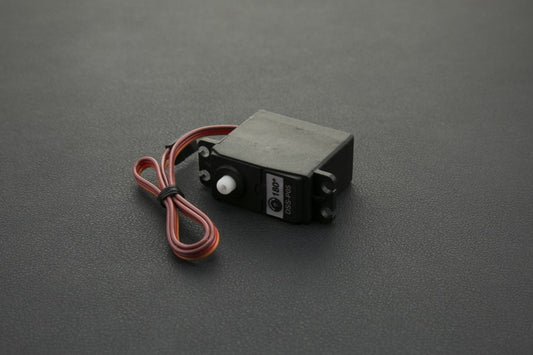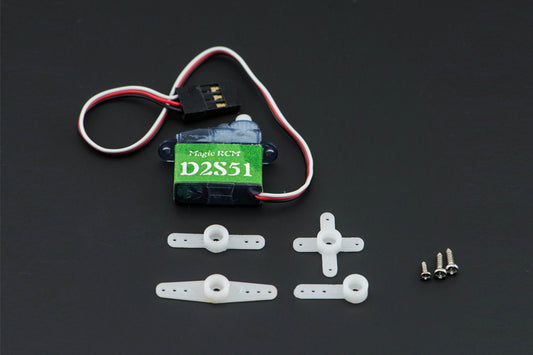Servo Motors Philippines: SG90, MG995, High Torque & Micro Servos | Circuitrocks
Servo Motors — Micro, Metal Gear, High Torque & Continuous Rotation
Build precise and reliable motion systems with our range of servo motors—from SG90 micro servos to MG996R high-torque metal gear servos and continuous-rotation models for robotics, RC vehicles, and automation. Perfect for Arduino, ESP32, and Raspberry Pi.
Micro • Standard • Metal-Gear • High-Torque • Continuous Rotation • Digital
Why shop servos here
-
Complete range: micro, standard, high-torque, and 360° servos
-
Maker-tested: ideal for robotics, gimbals & automation
-
PH support: wiring help, torque matching & power guidance
Popular uses
- Robotic arms & grippers
- RC cars, planes & boats
- Pan-tilt camera systems
- Automation mechanisms & DIY machines
Featured servo categories
Micro Servos
- SG90 micro servo
- Ultra-light servos for small robots & models
- Great for Arduino beginners
Metal-Gear & High Torque
-
MG995 / MG996R heavy-duty servos
- Metal gears for durability & higher loads
- Perfect for robotic arms & steering
Continuous Rotation & Special Servos
Tip: Servos draw high current under load—use a dedicated 5–6V supply instead of powering them directly from your microcontroller.
Servo chooser (quick guide)
| Need |
Best choice |
Notes |
| Small robots / lightweight mechanisms |
SG90 micro servo |
Affordable, lightweight; suitable for basic projects. |
| High torque / mechanical load |
MG995 / MG996R |
Metal gears provide strength and durability. |
| Full rotation or wheel drive |
Continuous-rotation servo |
Acts like a DC motor with servo-style control. |
| Multi-servo robotics |
PCA9685 driver |
Controls up to 16 servos with smooth PWM. |
| Camera or sensor aiming |
Pan-tilt servo kit |
Great for FPV, surveillance & scanning. |
Torque ratings, voltage, and stall current vary by model—always check specs before choosing a power source.
Starter bundles
-
Robotic Arm Kit: 4× MG996R + brackets + 6V PSU
-
Camera Pan-Tilt Kit: 2× SG90 + mount + screws
-
Servo Control Kit: PCA9685 + ESP32 + wiring
FAQ
Are servos compatible with Arduino and ESP32?
Yes—most servos work with standard PWM pins or with a PCA9685 driver for multi-servo control.
Do servos need a separate power supply?
Yes—servos can draw 500–2500mA under load, so avoid powering them directly from microcontroller 5V pins.
What's the difference between micro, standard, and continuous servos?
Micro servos are small and lightweight; standard servos offer more torque; continuous servos rotate fully like DC motors.
Do you ship nationwide?
Yes—fast shipping anywhere in the Philippines with same-day processing for in-stock items.
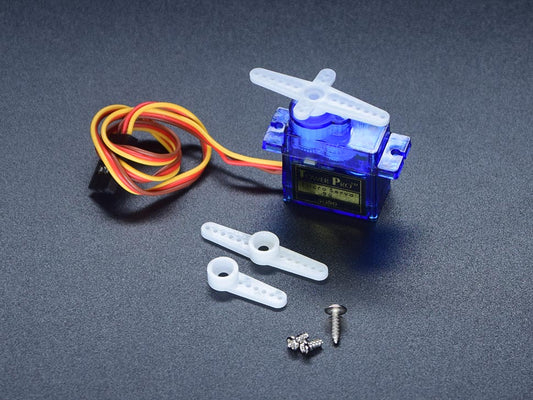
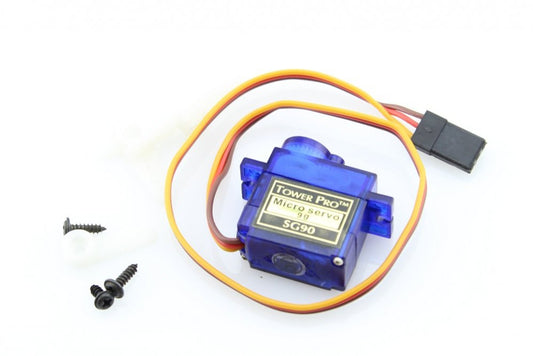 Sold out
Sold out
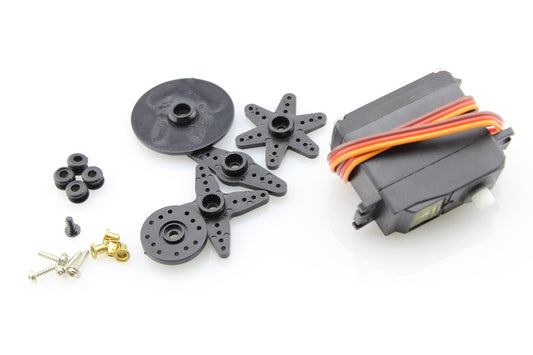 Sold out
Sold out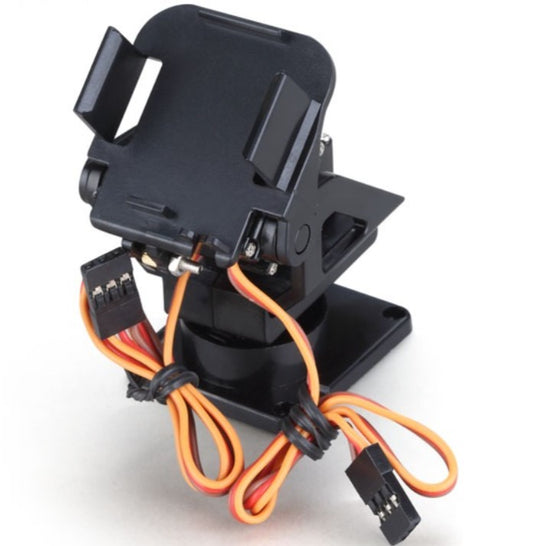
 Sold out
Sold out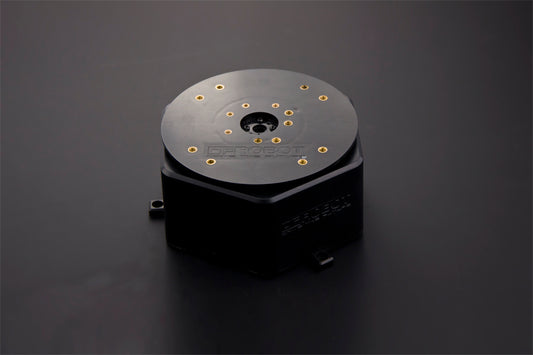
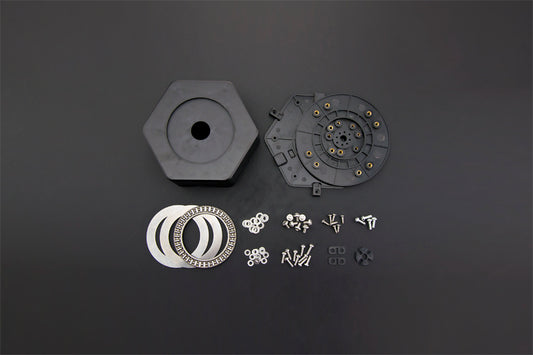 Sold out
Sold out








